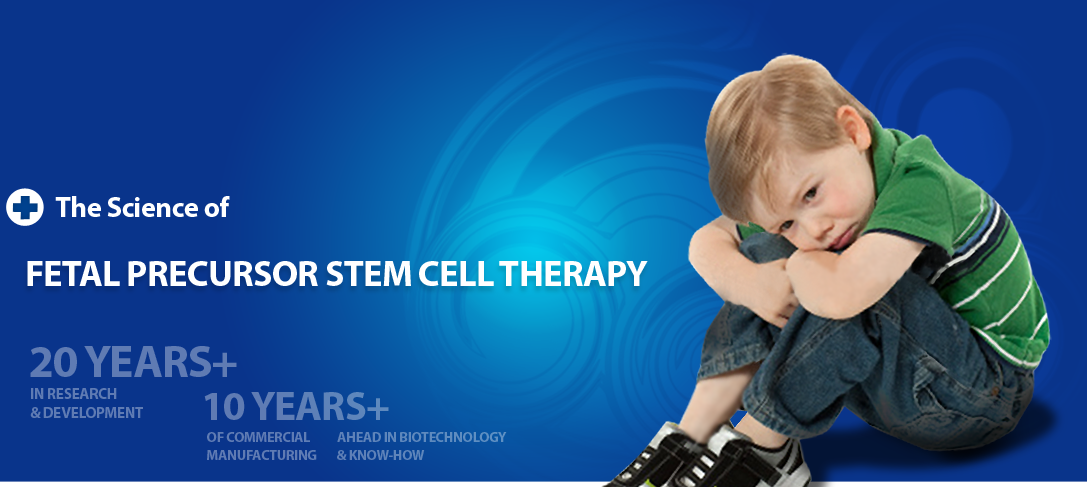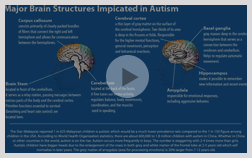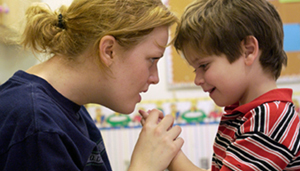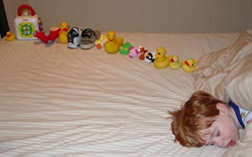Autism is believed to have a strong genetic basis. The cause is still unknown; however, immunisation by MMR (measles, mumps and rubella) is believed to be linked as a major etiological factor.
Heavy metal has been found in many mothers of autistic children probably due to the exposure to chemicals such as paints, pesticides, new furniture or carpet during pregnancy.
An individualised combined Precursor Stem Cell Therapy and controlled/special diets are recommended for autistic children. Elimination of sugar, gluten, casein and artificial ingredients (additives, colouring, etc.) from the diet improved the condition of many autistic children.
In addition, standard therapies of Applied Behavior Analysis (ABA), verbal behavior therapy, speech and language therapy, occupational therapy, music therapy, sensory integration and auditory training are also mandatory as potential treatment simultaneously with Precursor Stem Cell Therapy. Special education, stressing learning in small increments and a strict behavioral control of the child are emphasized.







